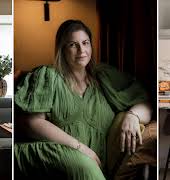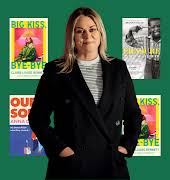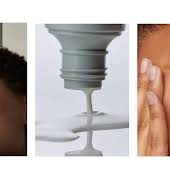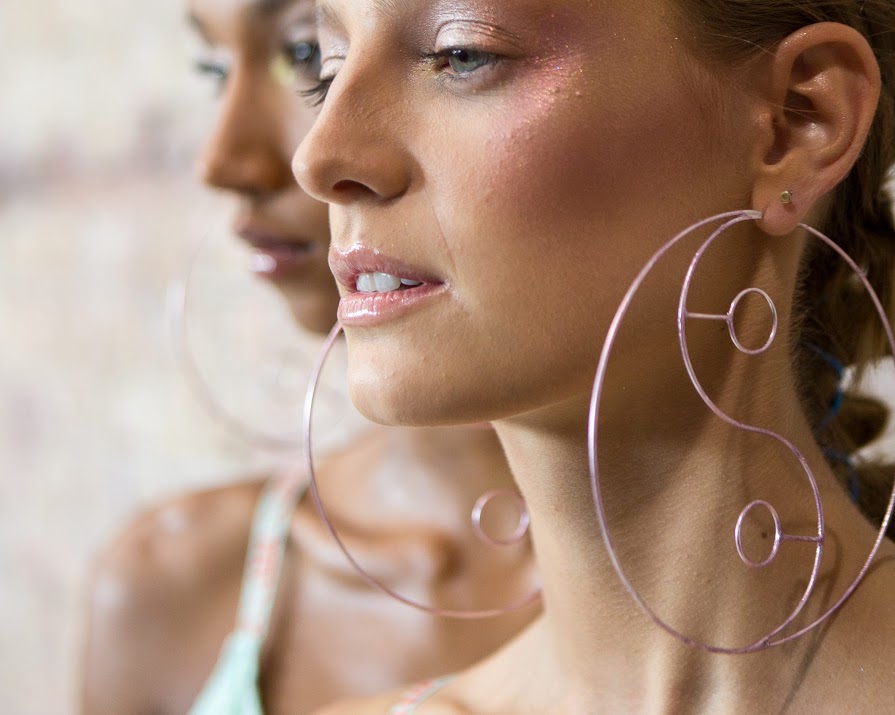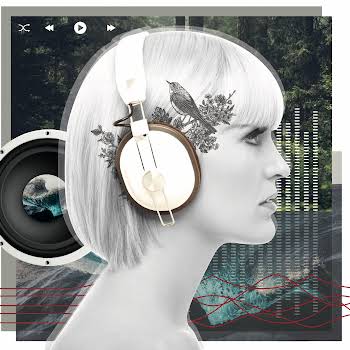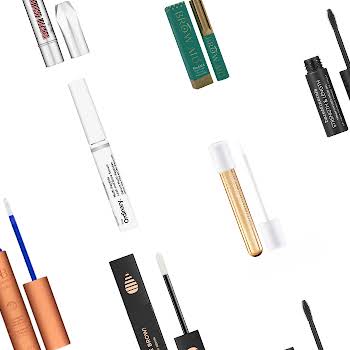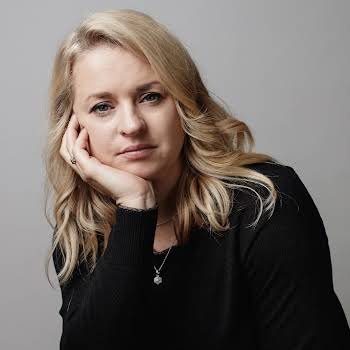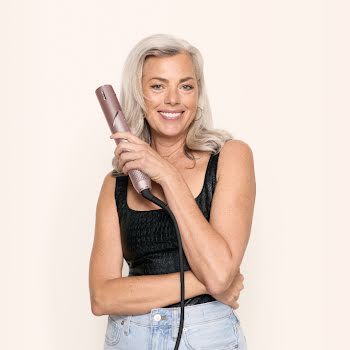
By Melanie Morris
22nd Jun 2018
22nd Jun 2018
After swearing she’d never do it due to the associated pain, MELANIE MORRIS loves the new jawline she got from Ultherapy, and avoided agony in the process.
My jawline isn’t something that had ever been commented upon… until recently… approximately four months after I had Ultherapy, the FDA-approved skin-tightening treatment I had rallied against trying for so long due to the pain involved in the procedure.
I’d heard all about Ultherapy… I’d even had a “taster” of it before (hence the knowledge about the associated agony), yet even the promises of proven, age- reversing results still had me on the fence. But with the advances of “turkey neck”, that wobbly bit of skin directly below my ever-softening chin, and the offer of sedation to diffuse the pain, I became braver. Anything in the name of research, eh? Plus, I’d heard they’d refined the process to get best results at lower level frequencies.
Ultherapy is a non-invasive treatment to tighten and lift skin using ultrasound energy to heat tissue and jump start the production of collagen. Conducted through a handset placed on the skin, ultrasound goes directly through the dermal layers to work deep on the muscle beneath. It was described to me as having a tightening/shrinking effect, similar to heating clingfilm or a Tayto packet (remember doing that as a kid?). The tissue contracts, bringing skin with it, offering a more youthful silhouette that lasts from two to five years.
Simultaneously, the trauma caused stimulates collagen production to further enhance the result. Ultherapy is great for areas where skin is thin, delicate and/or has gone quite lax; possibly best for those in their mid-forties and beyond. It won’t have the effects of a facelift, but gradually, after about six months post-procedure, there’s a gentle, but marked improvement to the target area.
READ MORE: Inside Frida Kahlo’s Make-Up Bag
So what’s involved, and what’s this sedation all about? My Ultherapy treatment, conducted at Dr Rosemary Coleman’s practice in the Blackrock Clinic, took about two hours, including a detailed consultation and photographs, before I signed consent forms and was then given relaxing medication. When I heard about sedation initially, I thought I’d be left lolling and drooling on a bed, but in fact I felt fine. Chilled out, yes, but absolutely in control of my thoughts, speech and faculties. It took the edge off the pain and allowed the nurse who expertly worked around my neck, jaw and lower parts of my face, a chance to give me the best frequency necessary, and to work without wriggles and running commentary from her patient. I’d put the pain level at a numb level 6 out of 10, but as the work was so swift, just the application of the handset to my skin while the radio waves penetrated beneath, the discomfort never lasted long before we’d be moving on. There was the option to pause at any stage, but this wasn’t needed. Once complete, I was asked to have someone collect me from the clinic to drive me home. I went to bed and woke up perfectly good as new the next morning. Aftercare was negligible and there was no downtime, although I’d been given plenty of information and told to call the clinic at any time if I had questions or needed follow-up. I didn’t spend everyday peering in the mirror looking for an “after” result – I had been told the effects were far softer than that and would appear more gradually. And so I forgot all about my Ultherapy treatment… until I saw a photograph of myself at the IMAGE Christmas party with a jawline I hadn’t noticed before. As the new year hovered into view, my youthful neck was commented on… by another dermatologist. The compliments started to heap up. Then, around February, I noticed that the crinkly neck I hate in my selfies seems to have retreated. Perhaps it was magic, but I think it’s more likely the Ultherapy.
So, while I may have rallied against the treatment in the past, going into the future, I know this is one I’ll go for again. It works.
Backstage photography by Jason Lloyd Evans.

This article originally appeared in the June issue of IMAGE Magazine, on shelves nationwide now.


